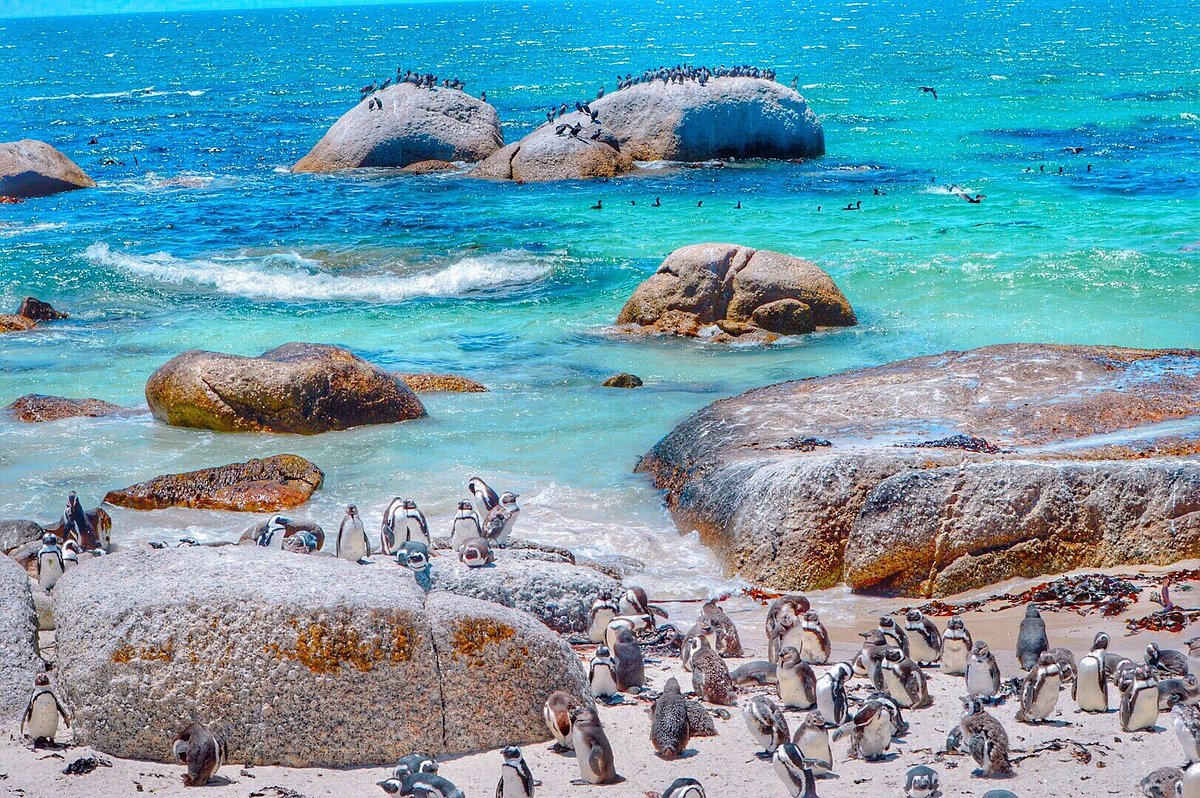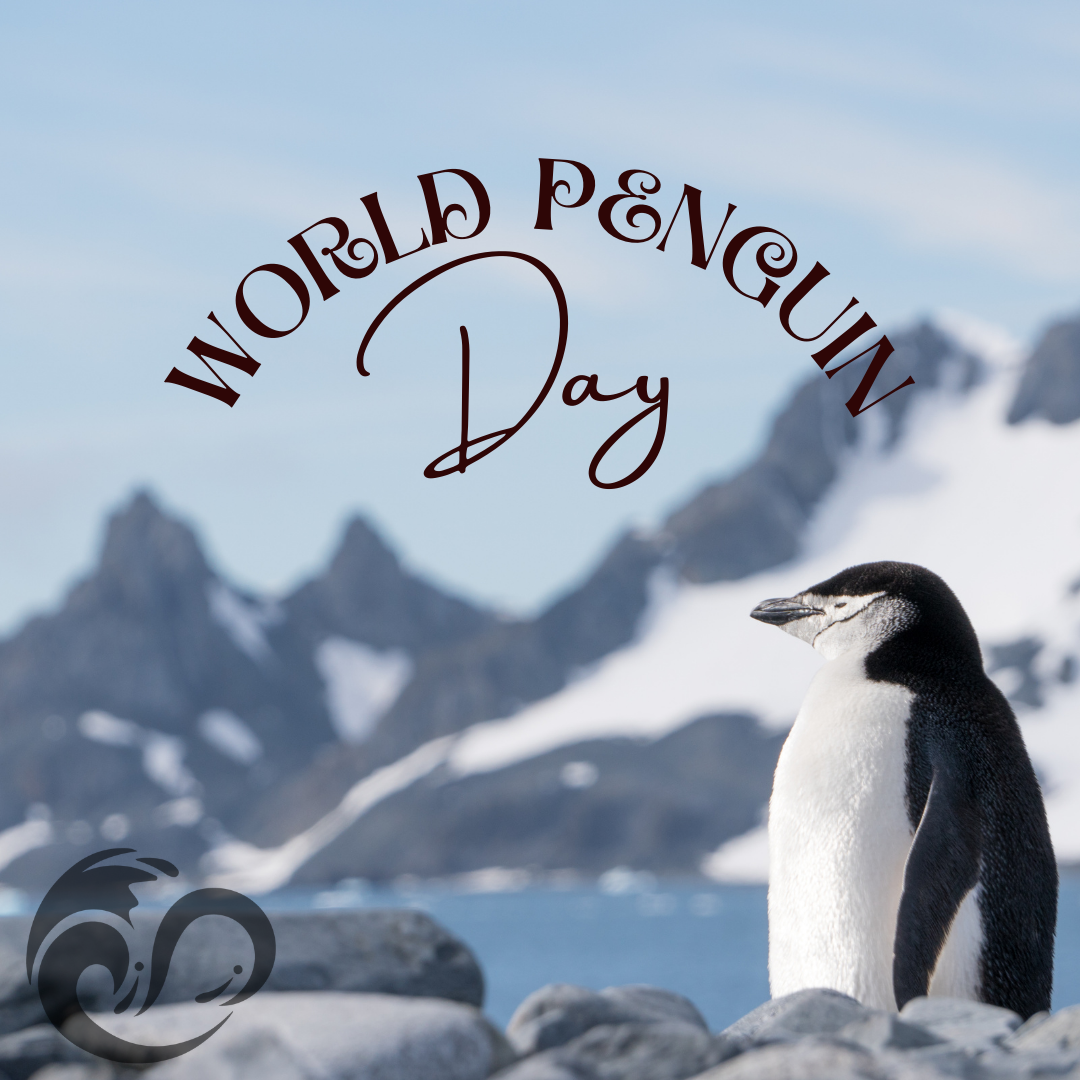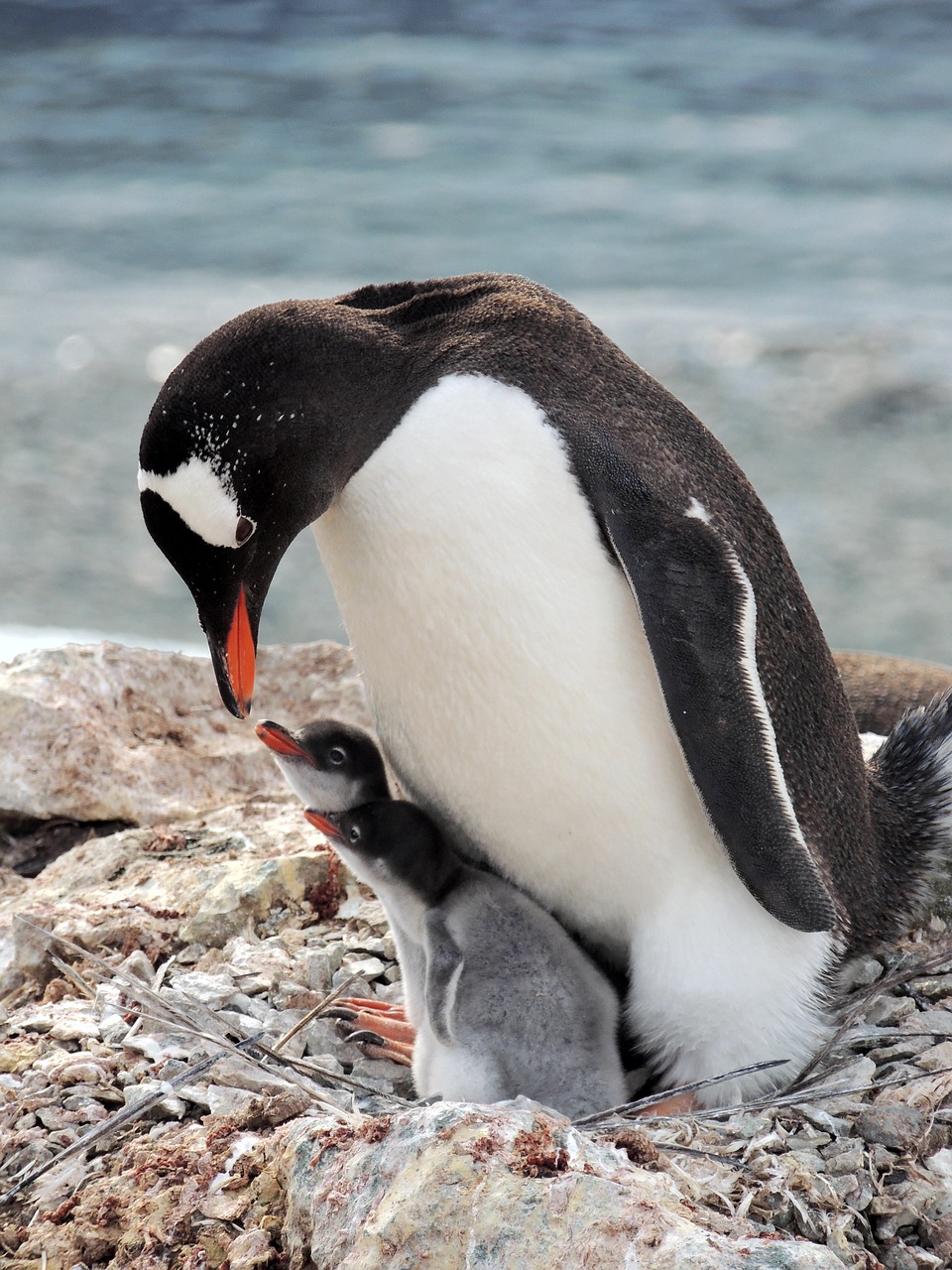So where are the best places to see penguins?
Today is World Penguin Day. Which got me thinking about people’s favourite animals and how many travel far and wide just to see them. For example, I want to go to China purely to see Giant Pandas. The same with tigers. I’d love to go to India and do a tiger safari.
Penguins are absolutely adorable though, and unsurprisingly many people’s favourite animal. There are various different types which can be seen far and wide across the globe. Which got me thinking about where are the best places to see penguins? Being from South Africa myself, my go to recommendation would Boulder’s Beach in Simon’s Town near Cape Town. I also recommend Antarctica a lot, particularly expedition cruises around these parts. There are various other hot spots though. Here are just a few:
The Best Places to See Penguins:
If you’re keen to see penguins in their natural habitat, here are some of the best places around the world to visit:
- Antarctica: This is perhaps the ultimate destination for penguin enthusiasts. Several species, including Emperor, Adélie, Gentoo, and Chinstrap penguins, can be found here. Tours typically depart from Ushuaia, Argentina, or Punta Arenas, Chile.
- South Georgia Island: Located in the southern Atlantic Ocean, South Georgia Island is home to vast colonies of King penguins, as well as Gentoo and Macaroni penguins. It’s often visited on cruises to Antarctica.
- Falkland Islands: Situated off the coast of South America, the Falkland Islands boast large colonies of Magellanic, Gentoo, and Rockhopper penguins. Stanley, the capital, is the usual starting point for expeditions.
- South Africa (Western Cape): Boulder’s Beach near Cape Town is famous for its colony of African Penguins. Visitors can observe these charismatic birds up close from boardwalks and beaches.
- Australia (Phillip Island): Phillip Island, near Melbourne, is renowned for its nightly Penguin Parade, where Little Penguins come ashore in groups. There’s also a visitor center providing educational insights into these birds.
- New Zealand (Oamaru): The Oamaru Blue Penguin Colony on New Zealand’s South Island offers a chance to see the smallest penguin species, the Little Blue Penguin, returning from their daily fishing trips.
- Chile (Punta Arenas and Chiloé Island): In southern Chile, Punta Arenas is a starting point for trips to Magdalena Island, home to a large colony of Magellanic penguins. Chiloé Island is another spot where Humboldt and Magellanic penguins can be found.
Remember to choose eco-friendly tour operators and be respectful of the penguins’ habitats when visiting these locations. I can guide you in the right direction on this if you need help.




Penguins are fascinating creatures with many interesting traits and behaviors. Aside from the best places to see penguins, here are some interesting facts about them:
- Flightless Birds: Penguins are flightless birds that have adapted to life in the water. Their wings have evolved into flippers, which they use for swimming rather than flying.
- Aquatic Adaptations: Penguins are highly adapted for life in the water. Their bodies are streamlined, with strong, flipper-like wings that allow them to swim gracefully and swiftly through the ocean.
- Counter-shading: Penguins have a unique coloration pattern called counter-shading, which helps camouflage them from predators. Their backs are dark, blending in with the ocean depths when viewed from above, while their bellies are white, blending in with the bright surface when viewed from below.
- Speedy Swimmers: Despite their chunky appearance on land, penguins are incredibly agile and fast swimmers. Some species, like the Gentoo penguin, can reach speeds of up to 22 miles per hour (35 kilometers per hour) underwater.
- Colonial Nesting: Most penguin species are colonial nesters, gathering in large groups called rookeries or colonies to breed and raise their chicks. These colonies can range in size from just a few pairs to hundreds of thousands of individuals.
- Doting Parents: Penguins are known for their dedicated parenting. Both parents take turns incubating the eggs and caring for the chicks, often traveling long distances to find food to feed their offspring.
- Heat Regulation: To stay warm in their cold environments, penguins have several adaptations. They have a layer of insulating blubber beneath their skin, and some species have special feathers that trap air to provide additional insulation.
- Antarctic Explorers: Some penguin species, like the Emperor penguin, are native to Antarctica and are well adapted to its extreme cold. They undertake remarkable journeys to breed, with males incubating the eggs in their brood pouches through the harsh Antarctic winter while females go off to forage.
- Communication: Penguins use a variety of vocalizations and body language to communicate with each other. These can range from loud braying calls to gentle cooing sounds, depending on the situation.
- Diverse Species: There are 18 species of penguins, found primarily in the Southern Hemisphere. They range in size from the tiny Little Blue Penguin, which stands just over a foot tall, to the Emperor penguin, which can reach heights of over 4 feet.
If you want to know more about expeditions and trips to see these fascinating birds, or you want to include an experience in a trip you already have planned then please feel free to contact me. I work with a range of tour operators who specialise in these types of trips or I can tailor a trip specifically to your needs.
If you are interested in adopting a penguin and supporting vital work going on around the globe to help protect them, then you can find out more information on the WWF’s website.



0 Comments